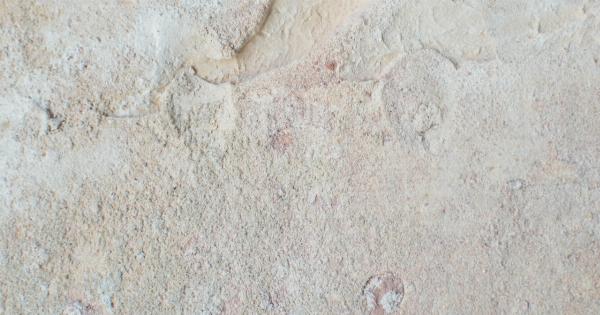When it comes to thyroid surgery, one of the most important factors to consider is ensuring that all of the thyroid tissue is removed.
One of the ways that surgeons try to achieve complete removal of thyroid tissue is by using the technique of freezing the thyroid edges. This technique involves freezing the edge of the thyroid tissue before cutting it, thereby reducing the risk of leaving thyroid tissue behind.
What is Frozen Thyroid Edges?
Frozen thyroid edges refer to the technique of freezing the edge of thyroid tissue before cutting it in thyroid surgery.
The idea is that freezing the edge of the tissue will help the surgeon to ensure that all of the thyroid tissue is removed, reducing the risk of leaving any thyroid tissue behind. By freezing the edge of the tissue, the surgeon can create a clear boundary between the thyroid tissue and the surrounding tissues, making it easier to remove the thyroid tissue without damaging any other tissues.
How is Frozen Thyroid Edges Performed?
The technique of frozen thyroid edges is performed using a special device called a cryoprobe. This device is used to freeze the edge of the thyroid tissue before it is cut.
The cryoprobe creates a zone of frozen tissue around the edge of the thyroid, which acts as a boundary between the thyroid tissue and the surrounding tissues.
The surgeon can then use a scalpel or other cutting instrument to cut through the thyroid tissue, knowing that they are cutting within the frozen zone created by the cryoprobe.
This technique allows the surgeon to remove the thyroid tissue without damaging any other tissues or leaving any thyroid tissue behind.
What are the Benefits of Frozen Thyroid Edges?
There are several benefits to using the technique of frozen thyroid edges in thyroid surgery:.
- Reduced risk of leaving thyroid tissue behind: By freezing the edge of the thyroid tissue, the surgeon can create a clear boundary between the thyroid tissue and the surrounding tissues, reducing the risk of leaving any thyroid tissue behind.
- Reduced risk of damage to surrounding tissues: By creating a clear boundary between the thyroid tissue and the surrounding tissues, the surgeon can reduce the risk of damaging any other tissues during the surgery.
- Improved accuracy: By using the cryoprobe to freeze the edge of the thyroid tissue, the surgeon can more accurately locate and remove the thyroid tissue.
- Increased risk of nerve damage: Freezing the edge of the thyroid tissue can increase the risk of damaging nearby nerves during the surgery.
- Increased risk of bleeding: Freezing the tissue can cause more bleeding than cutting through unfrozen tissue, which can make it harder for the surgeon to see what they are doing during the surgery.
What are the Risks of Frozen Thyroid Edges?
Although there are many benefits to using the technique of frozen thyroid edges in thyroid surgery, there are also some risks to consider:.
Conclusion
Frozen thyroid edges are a technique used in thyroid surgery to ensure that all of the thyroid tissue is removed and the risk of leaving any thyroid tissue behind is reduced.
The technique involves freezing the edge of the thyroid tissue before cutting it, creating a clear boundary between the thyroid tissue and the surrounding tissues. Although there are some risks associated with the technique, the benefits of using frozen thyroid edges in thyroid surgery can outweigh the risks for many patients.




























